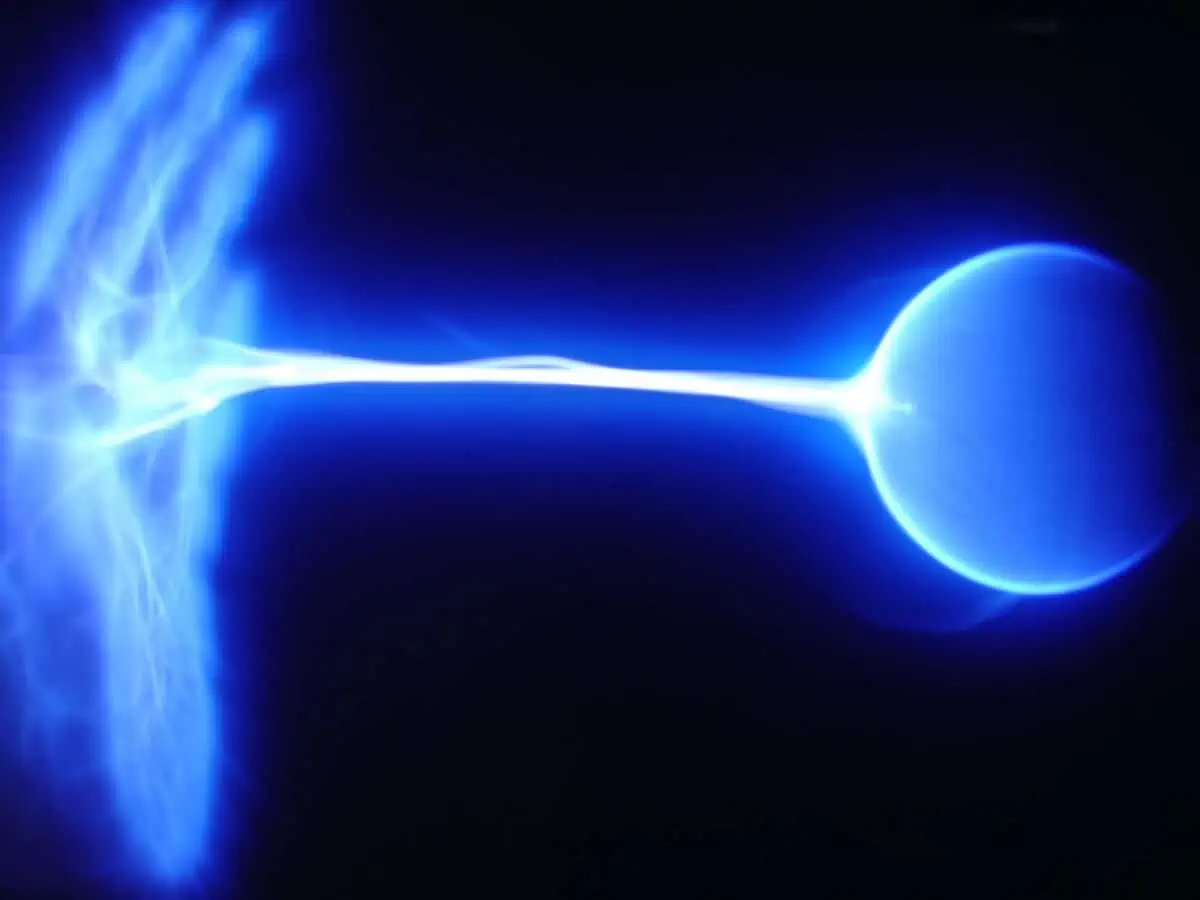Sign up for our newsletter!
Your data will be handled in compliance with our privacy policy.
Your data will be handled in compliance with our privacy policy.

Research paper published in Journal of Micromechanics and Microengineering, 2016, Volume 26, Number 12.
Today many applications require new effective approaches for energy delivery on demand. Supercapacitors are viewed as essential energy storage devices that can continuously provide quick energy. The performance of supercapacitors is mostly determined by electrode materials that can store energy via electrostatic charge accumulation. This study presents new sustainable cellulose-derived composite electrodes which consist of carbon nanofibrous (CNF) mats covered with vapor-grown carbon nanotubes (CNTs). The CNF/CNT electrodes have high electrical conductivity and surface area: the two most important features that are responsible for good electrochemical performance of supercapacitor electrodes. The results show that the composite electrodes have fairly high values of specific capacitance (101 F/g at 5 mV s−1), energy and power density (10.28 Wh/kg and 1.99 kW/kg, respectively, at 1 A/g) and can retain excellent performance over at least 2000 cycles (96.6 % retention). These results indicate that sustainable cellulose-derived composites can be extensively used in the future as supercapacitor electrodes.
Your data will be handled in compliance with our privacy policy.